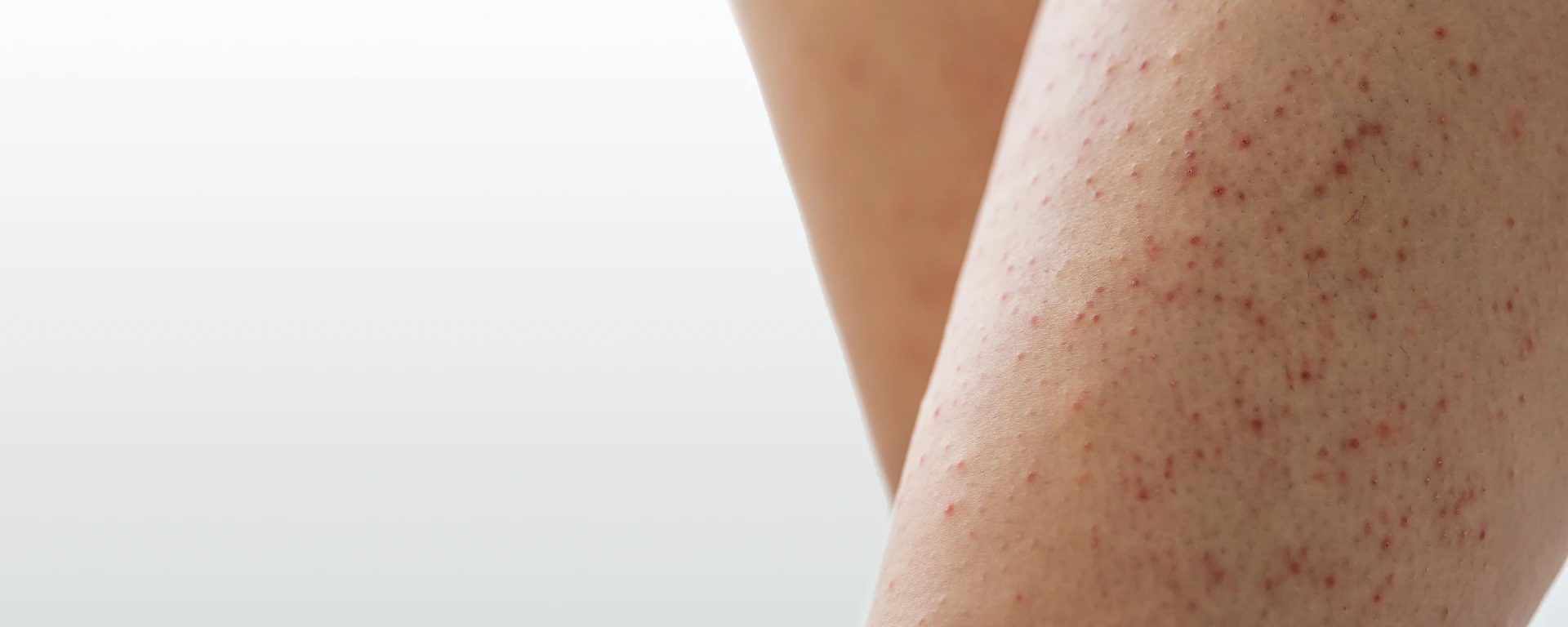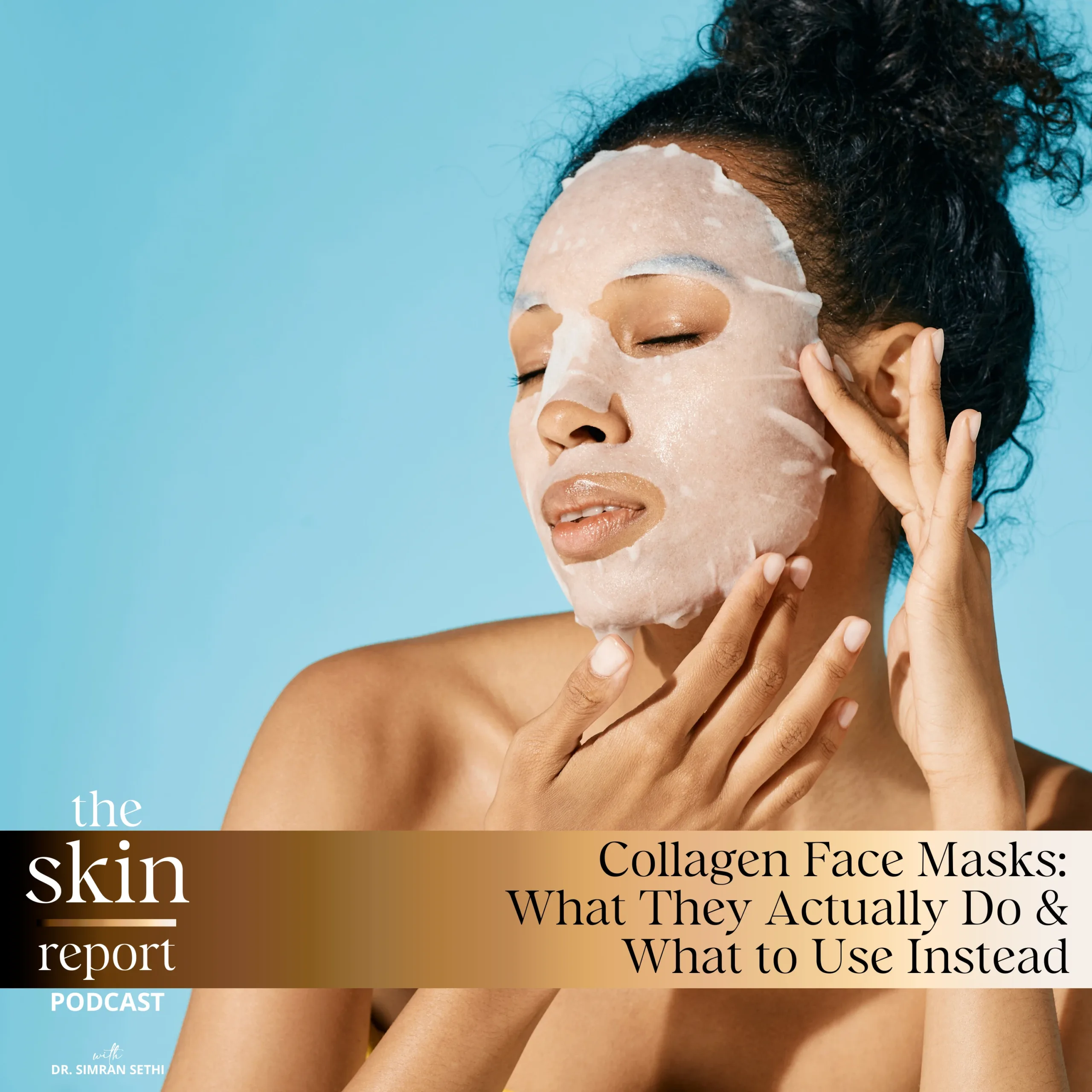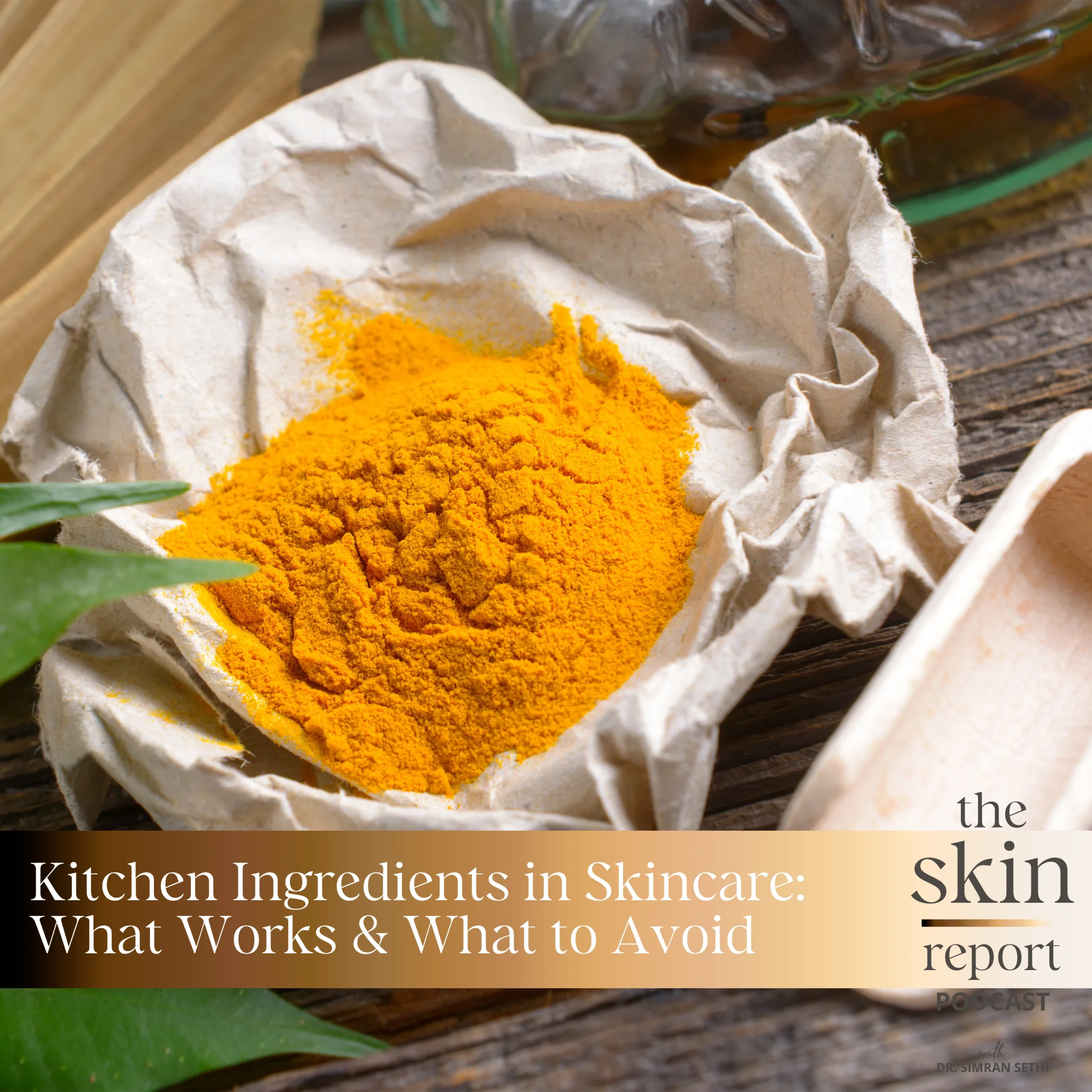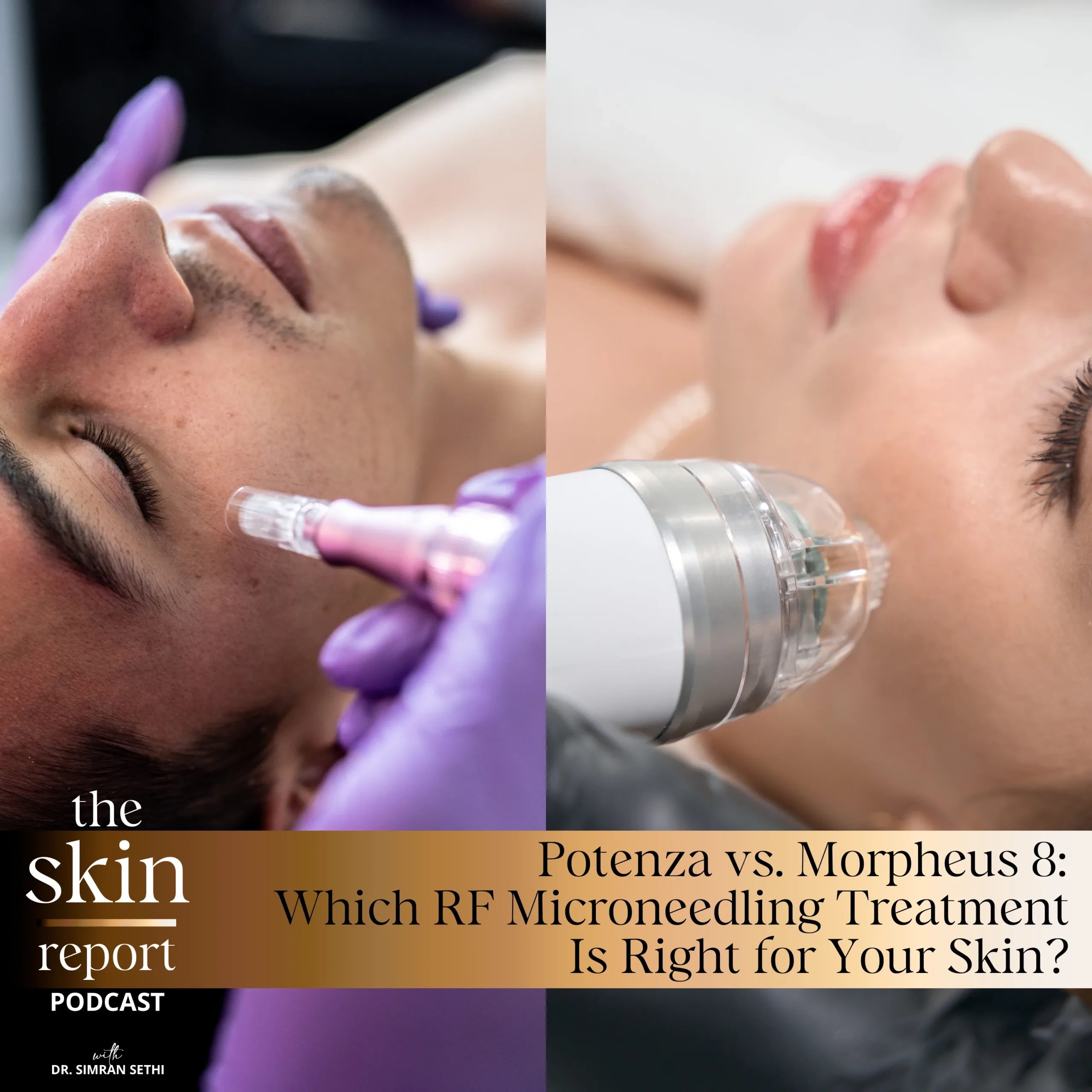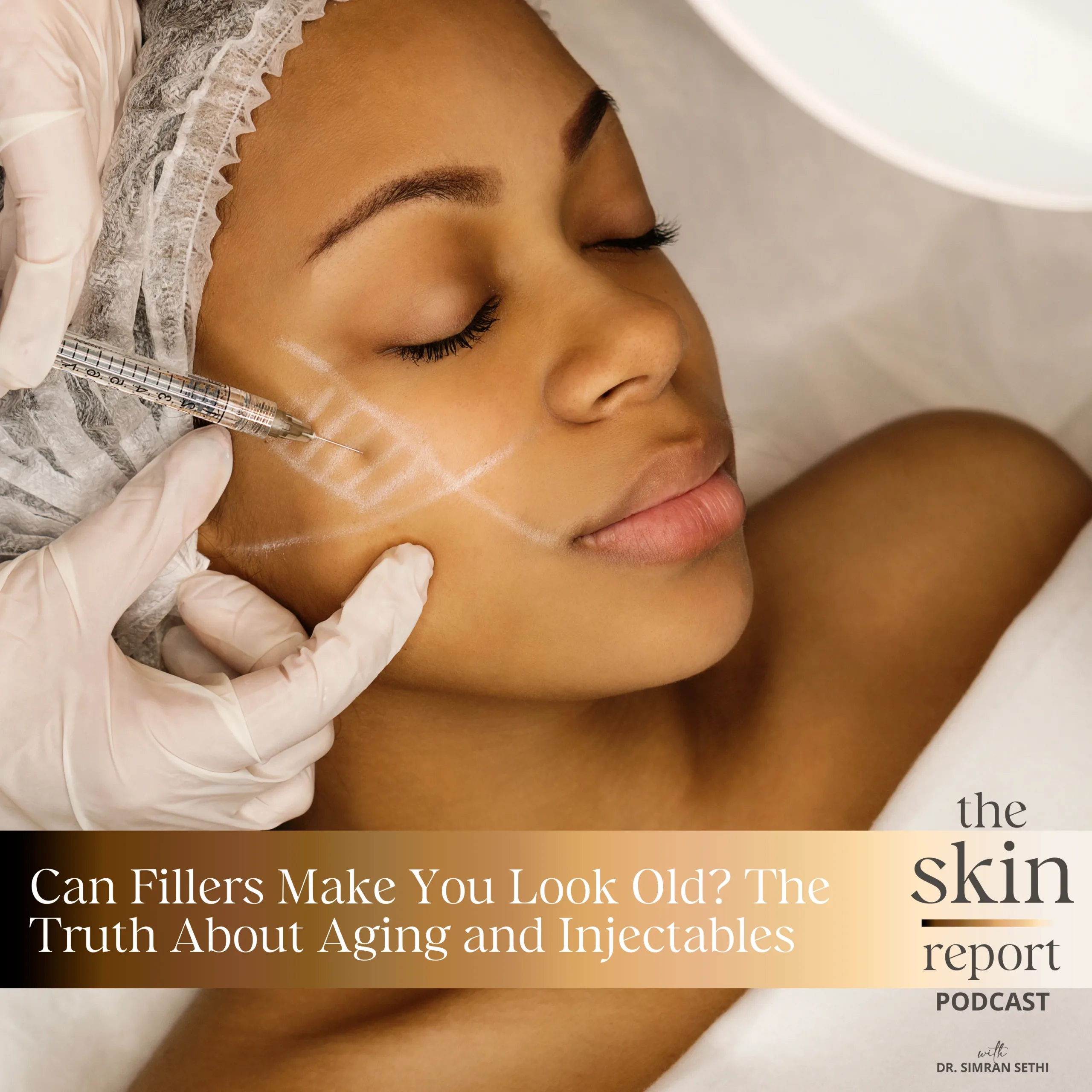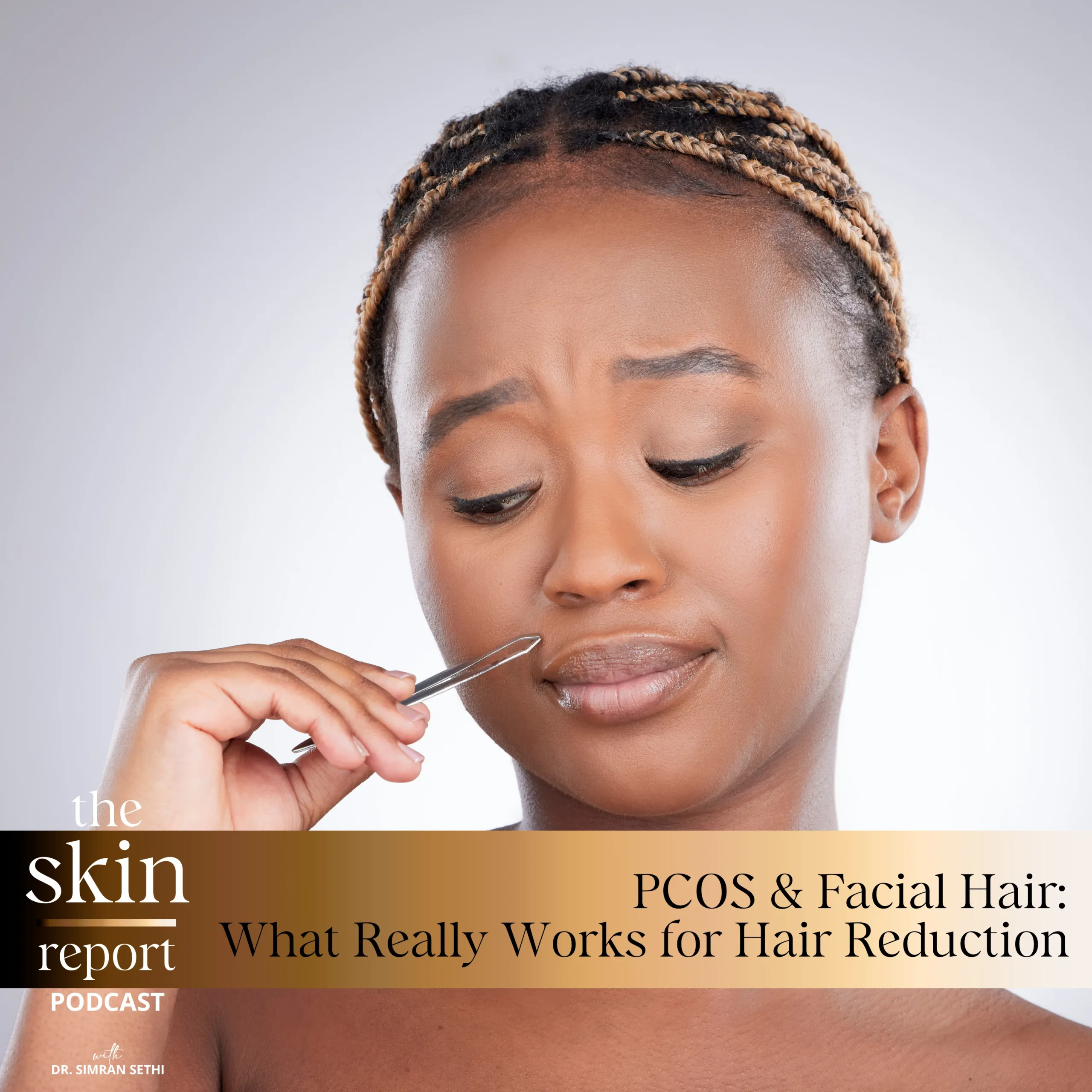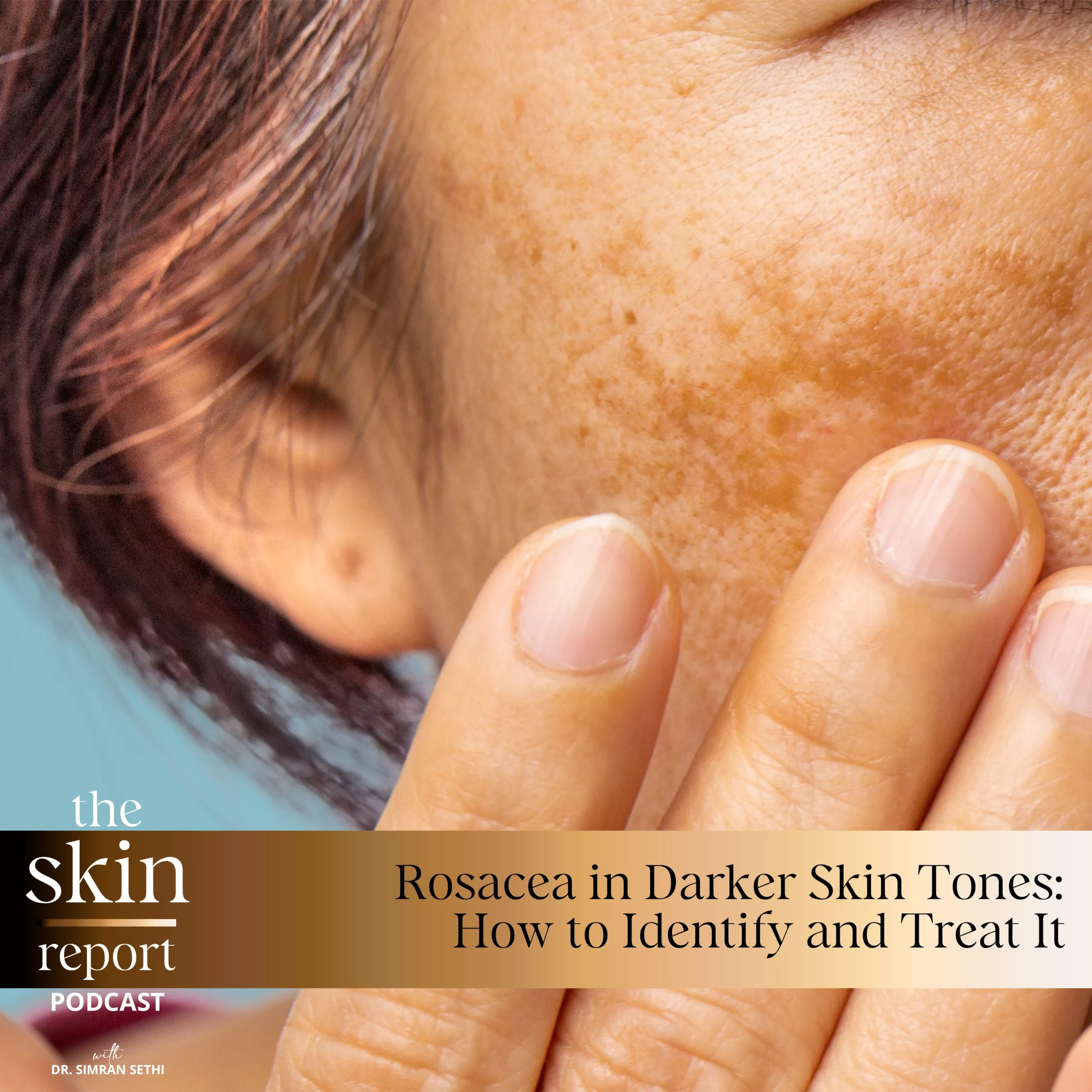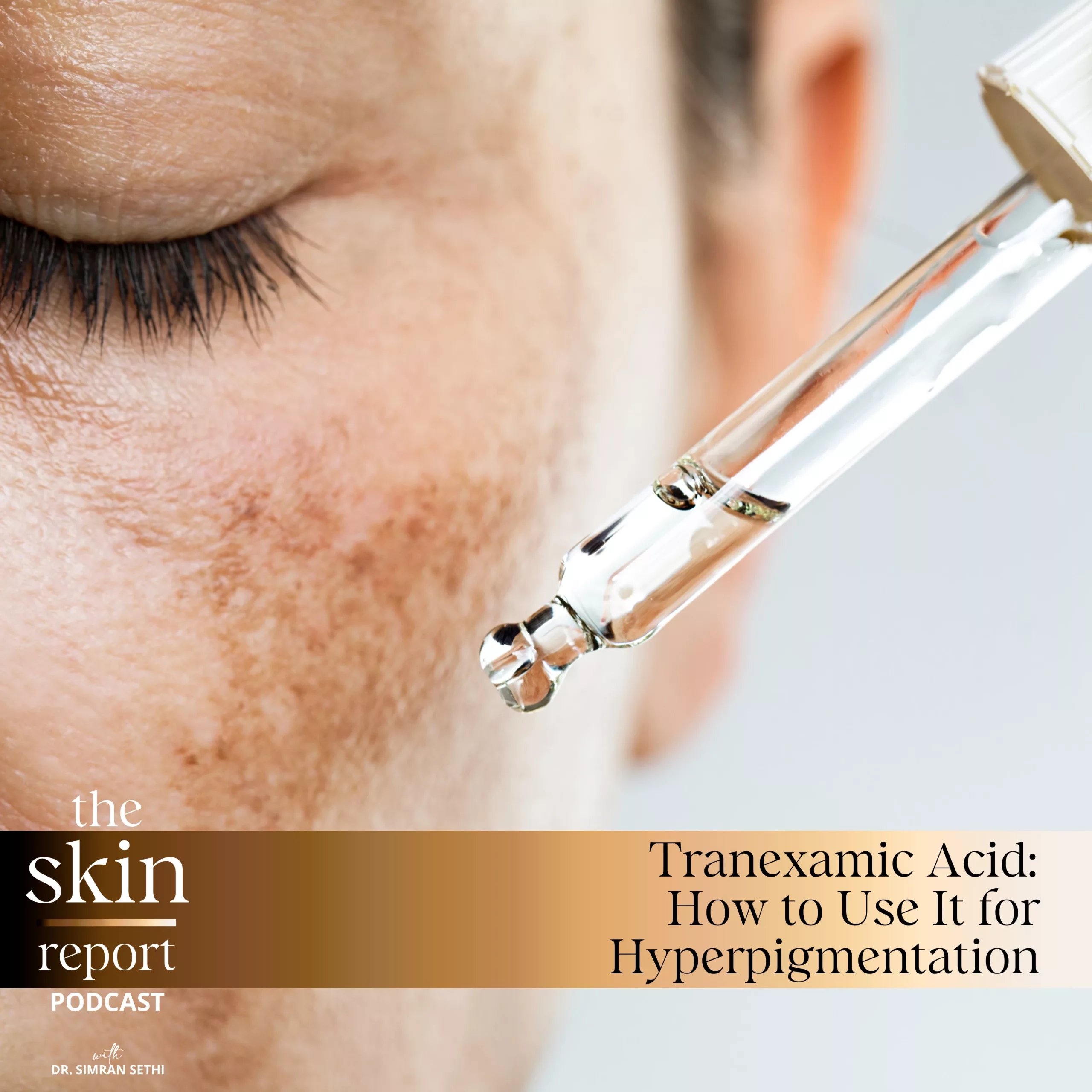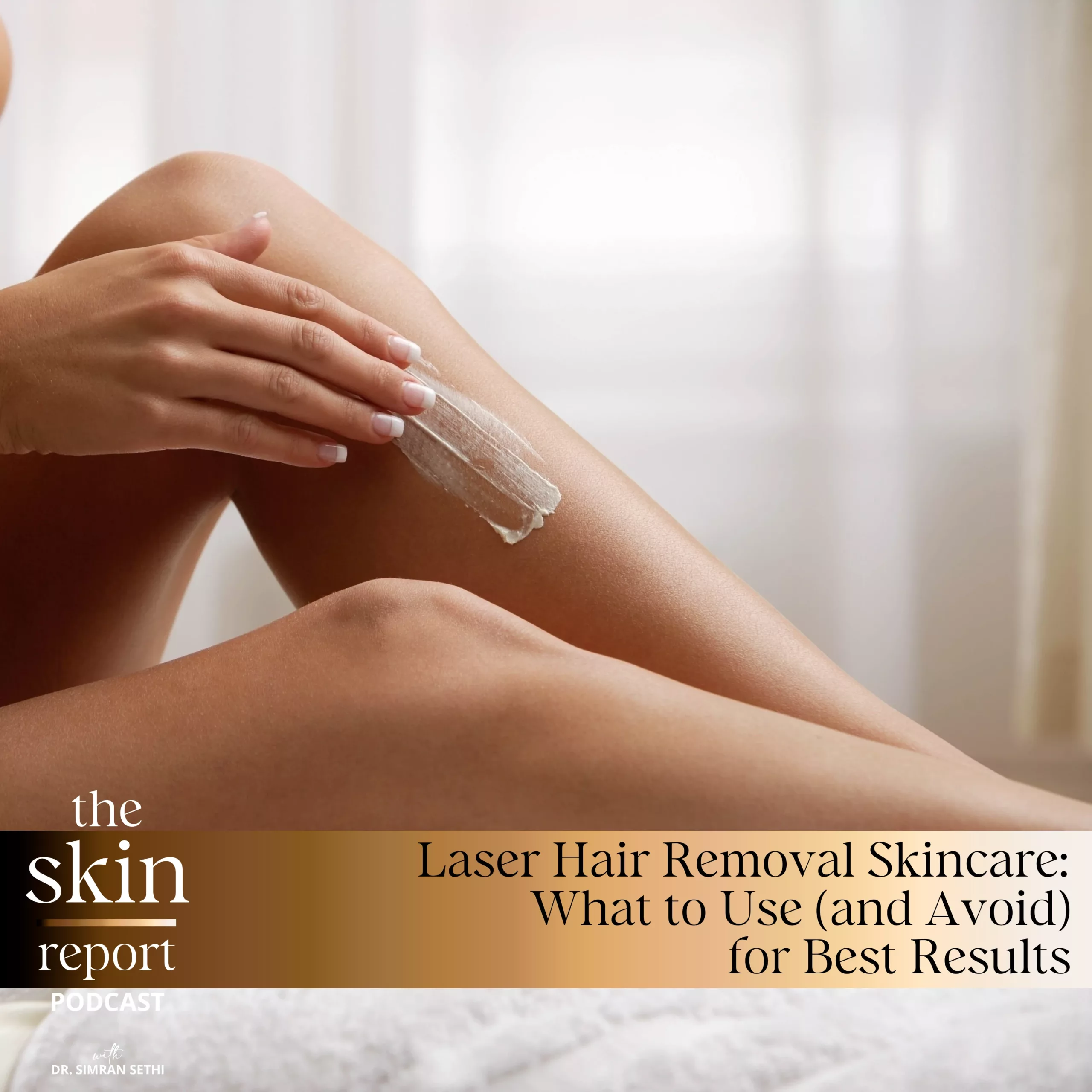Hello, everyone. Welcome to The Skin Report. Today we are going to talk about strawberry skin or keratosis pilaris. What is it? How is it caused, and in what parts of the body? And later on, I’ll also talk about treating keratosis pilaris with skincare and skin treatments. Keratosis pilaris is a skin condition that is most commonly found on your skin on your arms and legs. And basically, it refers to dark spots that are the openings of pores where our hair grows out of. And it is most common when people shave their skin. So, you commonly see it on arms, legs, and it seems to worsen with time if you continue to shave frequently in those areas. Keratosis pilaris is most problematic in darker skin tones. And a lot of people think that it’s just ingrown hair, but it is actually also these little bumps that don’t look like hair that can be referred to as keratosis pilaris.
Let’s get into what causes strawberry skin. It can be genetic, so there are people who are more prone to getting it. It is likely also more common in people with dry skin. And when you’re treating dry skin, remember exfoliation of skin is equally important as moisturizing skin. And we’ll get into that more into the treatment of KP. Next, it is also pretty common in people who shave their skin frequently, which tends to be mostly women. And this is why it mostly occurs on arms and legs. Now, let’s get into how do you treat keratosis pilaris when it’s just starting or it’s more on the mild side. And this is where your skin care is going to be the biggest thing that you need to focus on in terms of success for a treatment.
Keratosis pilaris is a combination of follicles getting stuck with debris and dryness in the skin. So, you have to not only hydrate the skin, but you have to exfoliate it. And exfoliation can be a little tricky, because sometimes people tend to over-exfoliate and make their skin even more dry or more sensitive. So, when it comes to exfoliation, you can use a mechanical exfoliant and a chemical exfoliant. And I would recommend both if you have keratosis pilaris, because it does need more exfoliation than what you do on your face. When it comes to mechanical scrubs for exfoliation, use a scrub that has also some sort of hydration in it, a scrub that has an oil in it. There’s some coffee scrubs on the market that work really well, but they should also have some oils, so that gives your skin a little hydration.
Mechanical scrubs do a good job at taking off the debris on your skin, but then you need a chemical exfoliant to really, really clean out those pores. And for chemical exfoliation, glycolic acids are great, but you do need a higher concentration. In my skin tier line, we have a 10% glycolic gel that I love using on the body. For anyone with KP, we’ve seen really, really good results with it. And most importantly, because it is a 10%, it can really burn your skin. So, in my product, we added hydrating and soothing botanicals so that you don’t have that burning or that chemical burn that can happen with a lot of high-strength glycolic acids.
Now let’s get into hydration. So, we talked about exfoliation. Next, right after you exfoliate, you need to hydrate the skin at least twice a day. And you should use a body cream that does not have any fragrance. And I say that because fragrances can cause people to get very sensitive. They’re usually the biggest culprit in allergies. And now that you’ve done some nice exfoliation, your skin might be a little more prone to sensitivities. So, a simple hydrating body cream, which is a not fragrance, is an excellent choice. A lot of people ask, should I use Vaseline or Aquaphor to hydrate my skin? I think that that can be a little problematic because those are a little too thick, and they can actually trap dead skin and debris. So, no Vaseline, no Aquaphor. Just a nice body cream that is fragrance free.
So, far, we talked about skin care or how to take care of skin with product, if you have strawberry skin. Now let’s go into treatments if you have more severe strawberry skin. Keratosis pilaris that has been going on for a long time can lead to more permanent scars and dark spots on the skin. And this is actually very, very common in skin of color. If you have done all you can with skin care to reduce the appearance of KP and it’s not budging very much, you likely need skin treatments. And for this, the best treatment would be microneedling. Microneedling is usually done on the face and neck, but it can also be done on the body. In my practice, we do it on the back, on legs, on arms. And it’s very effective at changing the architecture of your skin.
Microneedling increases collagen production. And when you have this new collagen, new skin, it’s going to push out those large pores that are giving you this appearance of strawberry skin and make new skin, smaller pores. And even though it takes a series of treatments, usually six to eight sessions of microneedling done one month apart each, the results are beautiful. After microneedling, it is important that with those great results, you still continue to take care of your skin. So, A, stop shaving. Instead of shaving, move to regular waxing or laser hair removal. Again, in my practice, I never embark on a microneedling journey for keratosis pilaris, unless the patient has gone through laser hair removal or is waxing regularly, because they’re going to basically have the same problem again after spending a lot of time in correcting it.
Second, make sure that you’re continuing your regimen of exfoliating the skin with a mechanical exfoliant, and a chemical exfoliant, and hydrating your skin with an unfragranced body cream. You don’t have to exfoliate as regularly if you are post-microneedling, because that can sometimes over-process your skin. So, exfoliating your skin every other day is a safe way to make sure you’re not getting all of that buildup in your pores. But when it comes to hydration, I would still recommend it twice a day.
Today, we talked about strawberry skin or keratosis pilaris, what causes it, how to treat it with skincare. And then if it’s more severe, how to treat it with treatments. If you would like to leave us a comment, talking about your treatment with keratosis pilaris or what has worked for you, what has not worked for you, please leave it in the comments. If you haven’t already done so, please subscribe, turn on your notification bell so you know whenever we have new content released. And I also have a number of downloadable guides on my website, The Skin Report, which can guide you on treatments, skincare for different skin conditions.

